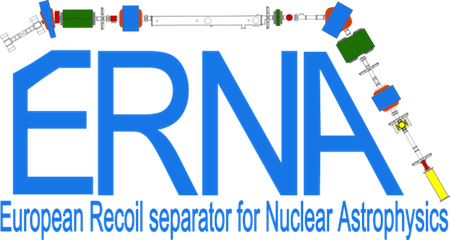Radiative capture reactions of hydrogen and helium isotopes play a crucial role in nucleosynthesis and stellar evolution. Recoil mass separators offer an attractive way to study these reactions experimentally, and became a powerful tool in Nuclear Astrophysics.
ERNA (European Recoil separator for Nuclear Astrophysics) is in the small number of facilities around the world where in-line mass separation for Nuclear Astrophysics experiments has been implemented. Originally installed at the Dynamitron Tandem Laboratorium of the RUB, in 2009 ERNA was moved to the CIRCE (Center for Isotopic Research on Cultural and Environmental heritage) laboratory of the Università della Campania "L.Vanvitelli"-INNOVA. The layout of the separator has been modified to improve its specifications. Starting 2012 ERNA is again operative.
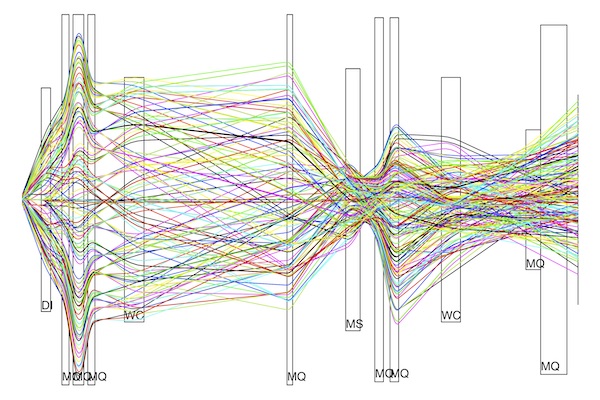
Currently the scientific program with the separator is focussed on the 12C(α,γ)16O reaction. The goal is to measure the total cross section of this process at the lowest energies to date (Ec.m.<1MeV), with concurrent determination of the γ-ray angular distributions at selected energies.
After a successful campaign of measurements on the 7Be(p,γ)8B in the energy range Ec.m.=350keV to 600keV wit an extended gas target, a new campaign aimed at the cross section determination at higher energies, thanks to improvements in the 7Be radioactive beam production, is in preparation.
Other projects involve the study of the decay rate of ionized 7Be.
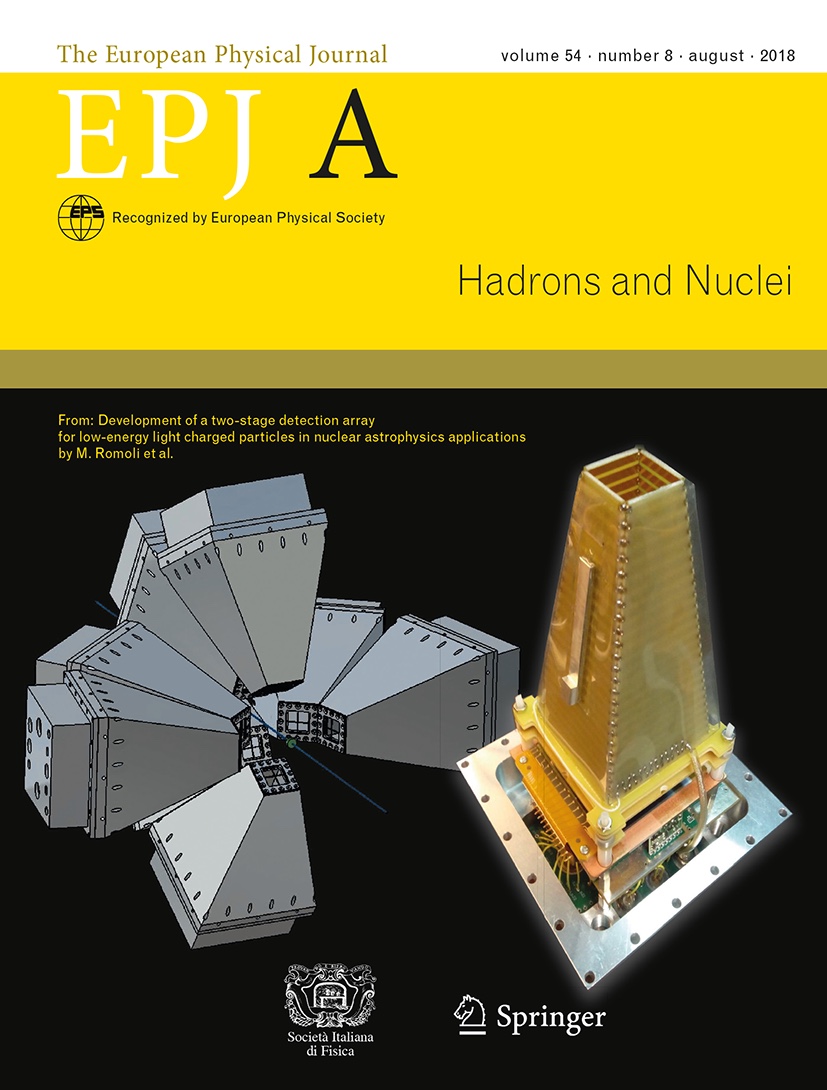
An extensive measurement campaign has been completed on the 12C+12C fusion process, that covers the energy range Ec.m.=... to ...MeV, including measurement of angular distribution of the emitted particles. Analysis of the data is still ongoing.
The measurement of the cross section of the 12C+16O starded recently, setup commissioning and first data taking are ongoing.
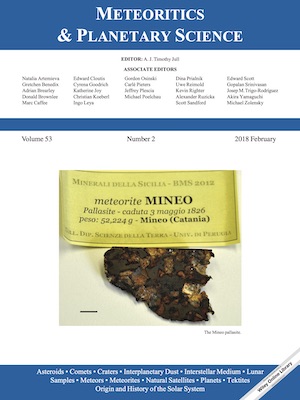
The isotopic composition of metoritic samples and of other terrestrial materials is a fingerprint of the astrophysical processes that produced them. Such information provides an insight in the chemical evolution of the Solar System and of our Galaxy.
 ERNA has been designed for the measurement of radiative capture reactions of astrophysical interest. The reaction is induced by letting the heavy particle as a projectile impinge on a windowless gas target, and collecting in the end detector the nuclei produced in the fusion process. At present the separator features a 4He supersonic jet gas target, that allows to keep the target confined in a volume of a few millimeters of diameter. A compact array of NaI scintillator detectors can be coupled to the gas target for prompt γ-ray spectroscopy and angular distribution determinations.
ERNA has been designed for the measurement of radiative capture reactions of astrophysical interest. The reaction is induced by letting the heavy particle as a projectile impinge on a windowless gas target, and collecting in the end detector the nuclei produced in the fusion process. At present the separator features a 4He supersonic jet gas target, that allows to keep the target confined in a volume of a few millimeters of diameter. A compact array of NaI scintillator detectors can be coupled to the gas target for prompt γ-ray spectroscopy and angular distribution determinations.More details
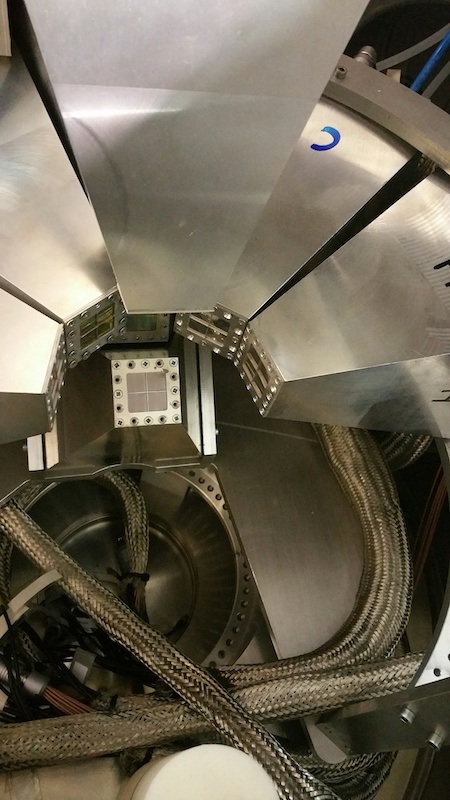
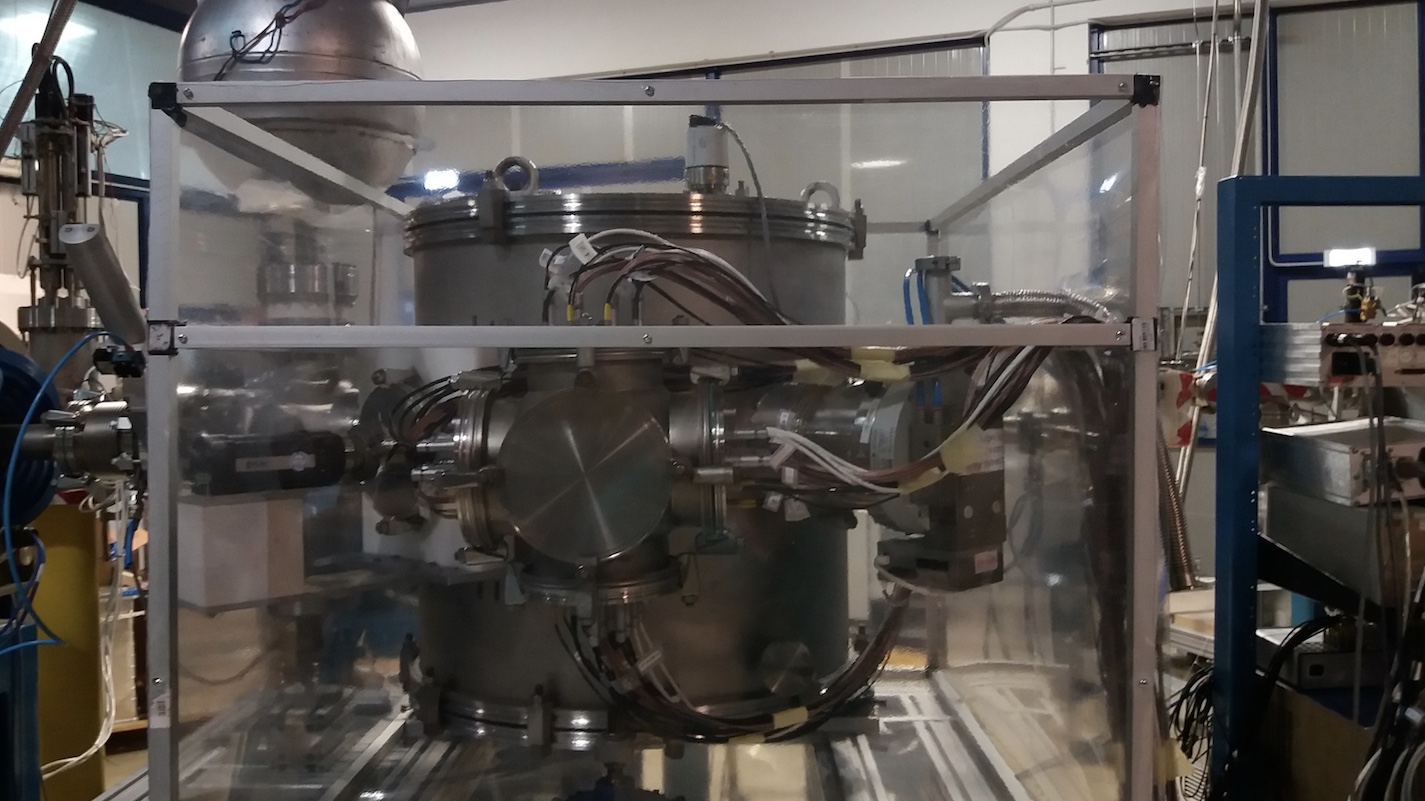
ERNA is an international Collaboration of about 30 persons from several institutions.
On the italian side the activities are run within the INFN support and funding, it involves the Sezione di Napoli --including researchers from Università della Campiania "L. Vanvitelli" and Università di Napoli "Federico II"-- and the Sezione di Perugia, --including researchers form the Università di Perugia.
Other researchers from the following institutions are involved:
- Ruhr Universität Bochum (Germany)
- Institute for Nuclear Research (ATOMKI), Debrecen (Hungary)
- SUPA, School of Physics and Astronomy, University of Edinburgh (United Kingdom)
- Departamento de Física Nuclear, Instituto de Física da Universidade de São Paulo (Brazil)
- R. Buompane et al., Determination of the 7Be(p,γ)8B cross section at astrophysical energies using a radioactive 7Be ion beam
Physics Letters B 824 136819 (2022) DOI: 10.1016/j.physletb.2021.136819 - L. Ricci et al., The Achievements of the RockStar Group (Perugia) on Astrophysical Modelling and Pallasite Geochemistry
Universe 8 (2022) DOI: 10.3390/universe8030156 - R. Buompane et al., Recent Achievements of the ERNA Collaboration
Universe 8 (2022) 135 DOI: 10.3390/universe8020135 - Badalà et al., Trends in particle and nuclei identification techniques in nuclear physics experiments
La Rivista del Nuovo Cimento 45 189--277 (2022) DOI: 10.1007/s40766-021-00028-5 - M. Aliotta et al., The status and future of direct nuclear reaction measurements for stellar burning
Journal of Physics G 49 010501 (2022) DOI: 10.1088/1361-6471/ac2b0f - C. Santonastaso et al., Change in the 7Be half-life in different environments
Il Nuovo Cimento 44 C 75 (2021) DOI: 10.1393/ncc/i2021-21075-8 - S. Tommasini et al., Trace Element Conundrum of Natural Quasicrystals
ACS Earth and Space Chemistry 5 676--689 (2021) DOI: 10.1021/acsearthspacechem.1c00004 - D. Rapagnani et al., Validation of a novel technique with radioactive implanted ions for recession rate estimate of aerospace material
Journal of Physics D 54 32LT01 (2021) DOI: 10.1088/1361-6463/ac006e
